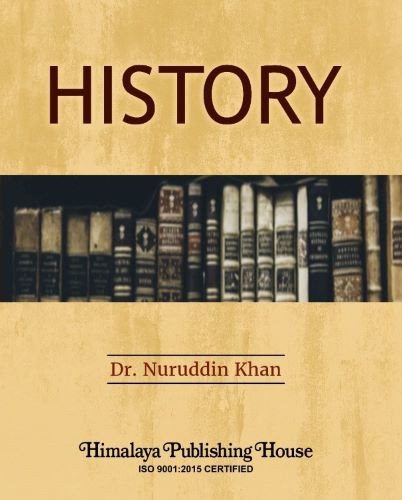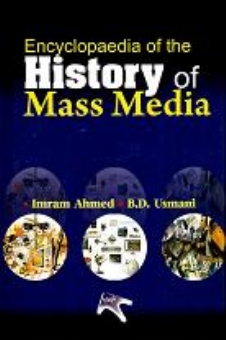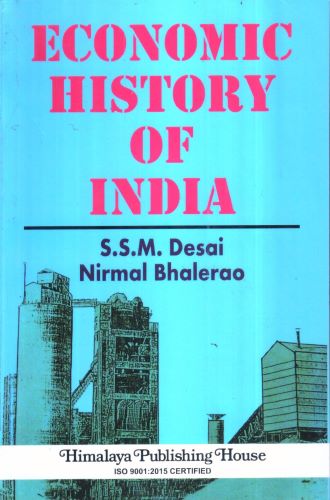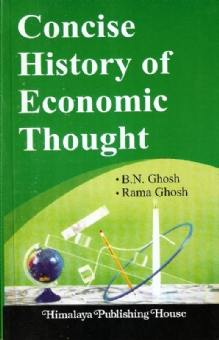Contents –
Module 1 Administration of East India Company and the Revolt of 1857
Module 2 Major Developments in India and Social Reform
Module 3 Freedom Struggle and Constitutional Developments (1885–1935)
Module 4 Partition and Post-Independence India







